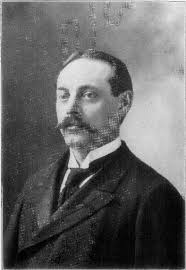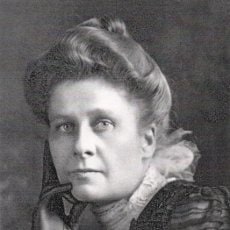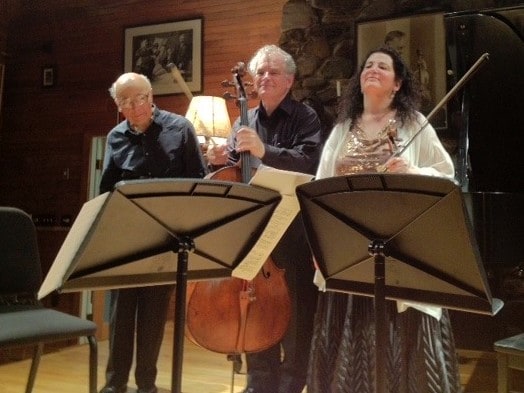Kneisel Hall, known as “the cradle of chamber music in America,” has provided musicians with the opportunity to immerse themselves in the chamber repertoire since 1902, realizing founder Franz Kneisel’s vision for over 100 years.
Kneisel Hall, known as “the cradle of chamber music in America,” has provided musicians with the opportunity to immerse themselves in the chamber repertoire since 1902, realizing founder Franz Kneisel’s vision for over 100 years.
Born in Bucharest, violinist Franz Kneisel (1865-1926) studied at the Vienna Conservatory and emigrated from Berlin in 1885 in order to become that year he also formed the Kneisel Quartet, the first fully professional string quartet in America, famous for the precision of its ensemble and the restrained elegance of its performances.


By the time Kneisel arrived in Blue Hill, Maine in 1899, the small town by the sea had attracted a handful of prominent summering musicians who formed the nucleus of the budding “musical colony.” Kneisel built a house overlooking Blue Hill Bay several years later and founded a summer music school, offering students time for individual practice and lessons, chamber music rehearsals, and “ensemble evenings,” performing chamber works. However, by 1922 Kneisel’s school had outgrown his home and studio. Felix Kahn, a friend, and amateur cellist built him a large hall on the side of Blue Hill Mountain, a building with a resonant wood interior that has been the center of school’s activities ever since.
After Kneisel’s death in 1926, the Hall grew increasingly quiet until in 1951 the great patron of American chamber music Elizabeth Sprague Coolidge suggested Kneisel Hall hold a festival marking the 25th anniversary of its founder’s death. Many of Kneisel’s most distinguished students participated, including the violinists Sascha Jacobsen, William Kroll, Joseph Fuchs and Lillian Fuchs, and cellists Gerald Warburg and Marie Roemaet Rosanoff. The reunion spurred on a full¬fledged revival for Kneisel Hall. Franz Kneisel’s daughter, violinist Marianne Kneisel, became the school’s director, and in 1953 the summer program was reopened, with a faculty that included Artur Balsam, Joseph Fuchs, and Marie Roemaet Rosanoff. Lillian Fuchs visited for a week or two each season, and faculty concerts were held on Wednesday evenings and Sunday afternoons.
In the following years, the program came to take its present form, drawing distinguished faculty from major conservatories and universities to engage in morning rehearsals, to give lessons and coach student ensembles in the afternoons, and to teach evening Master Classes.Currently, each young artist is in a total of four ensembles; the works are performed in the July and August Gregory Carroll Young Artist Series.


In 1975 the position of Artistic Director was established, filled first by cellist Leslie Parnas until 1984. Violinist Roman Totenberg served as Acting Artistic Director from 1984 -1986. In 1987 the pianist and conductor Seymour Lipkin took over its leadership. During his nearly 30 years as Director, Lipkin shaped the culture of the school and fortified its mission with a seriousness of purpose as Kneisel Hall evolved into a leading institution in the teaching of chamber music. Lipkin served until his death in 2015. Violinist Laurie Smukler was appointed Kneisel Hall’s third Artistic Director in 2016. In 2017 the Board created the position of Artistic Advisor appointing cellist Joel Krosnick, who serves as AA today.
